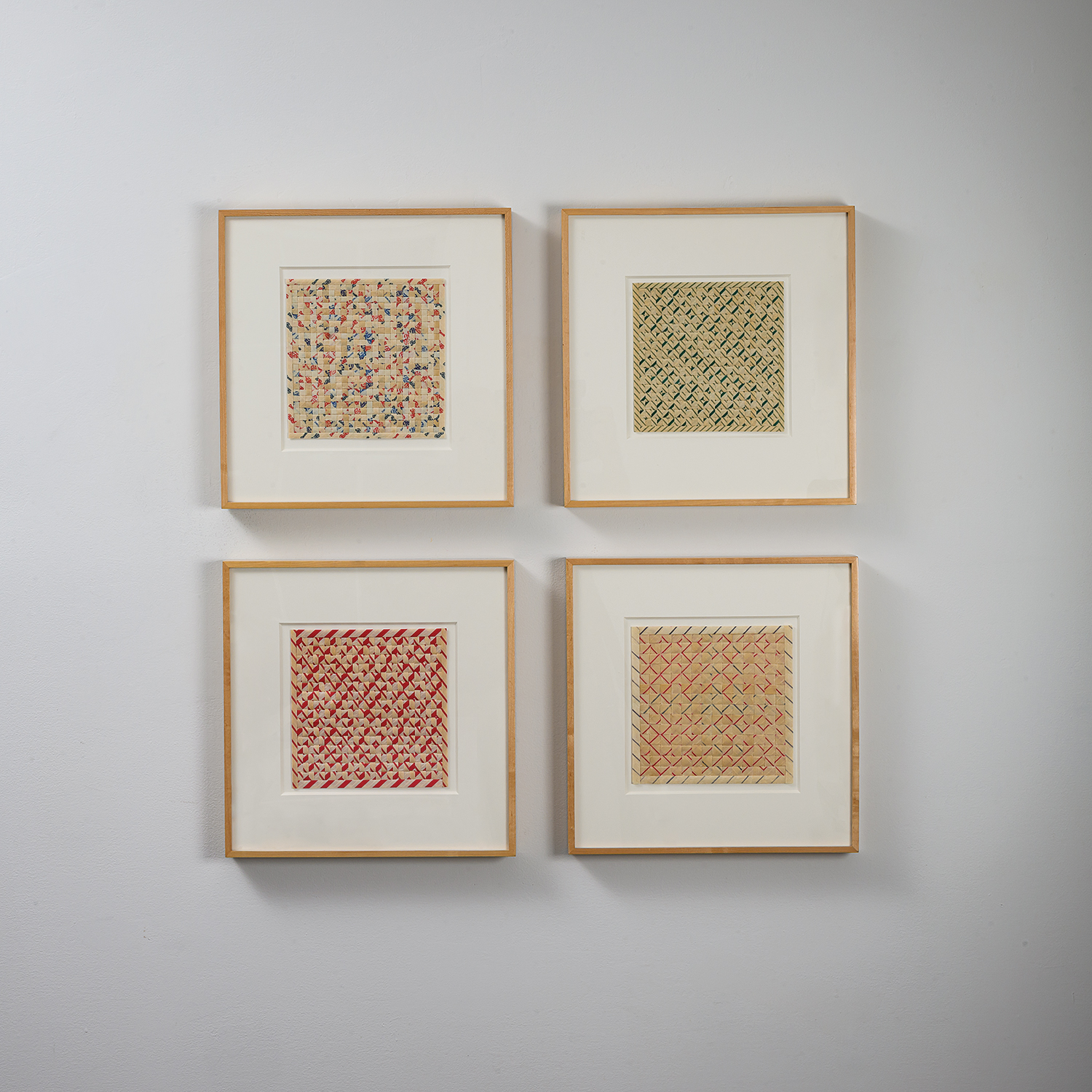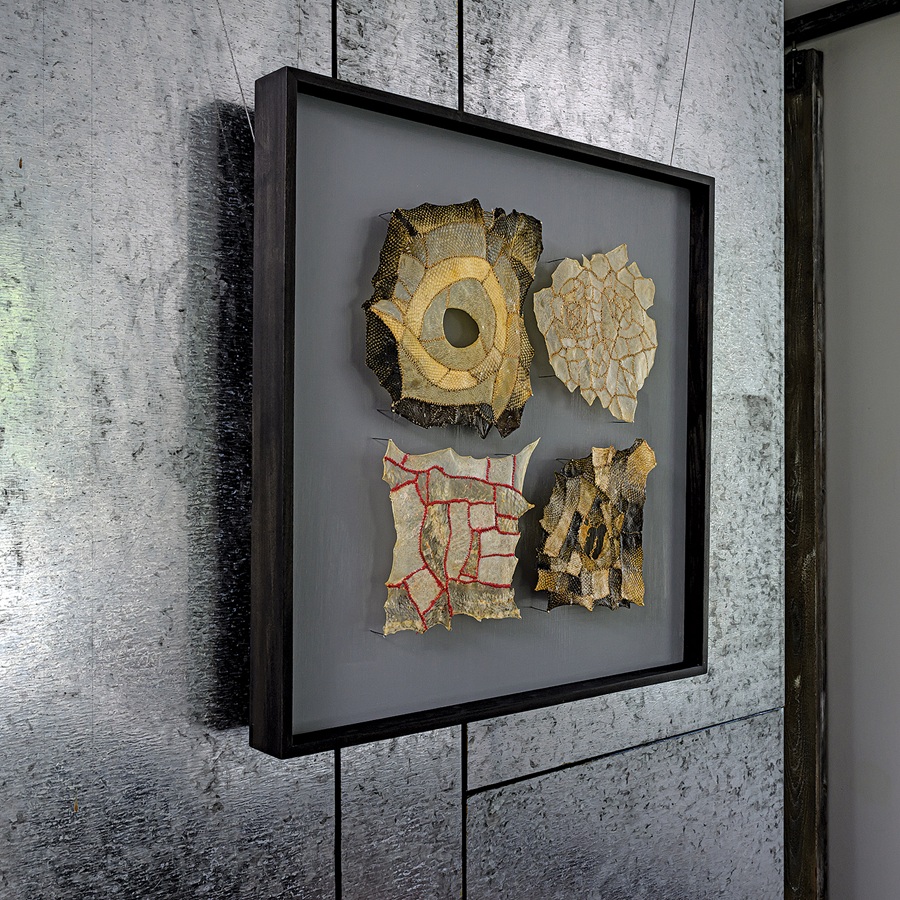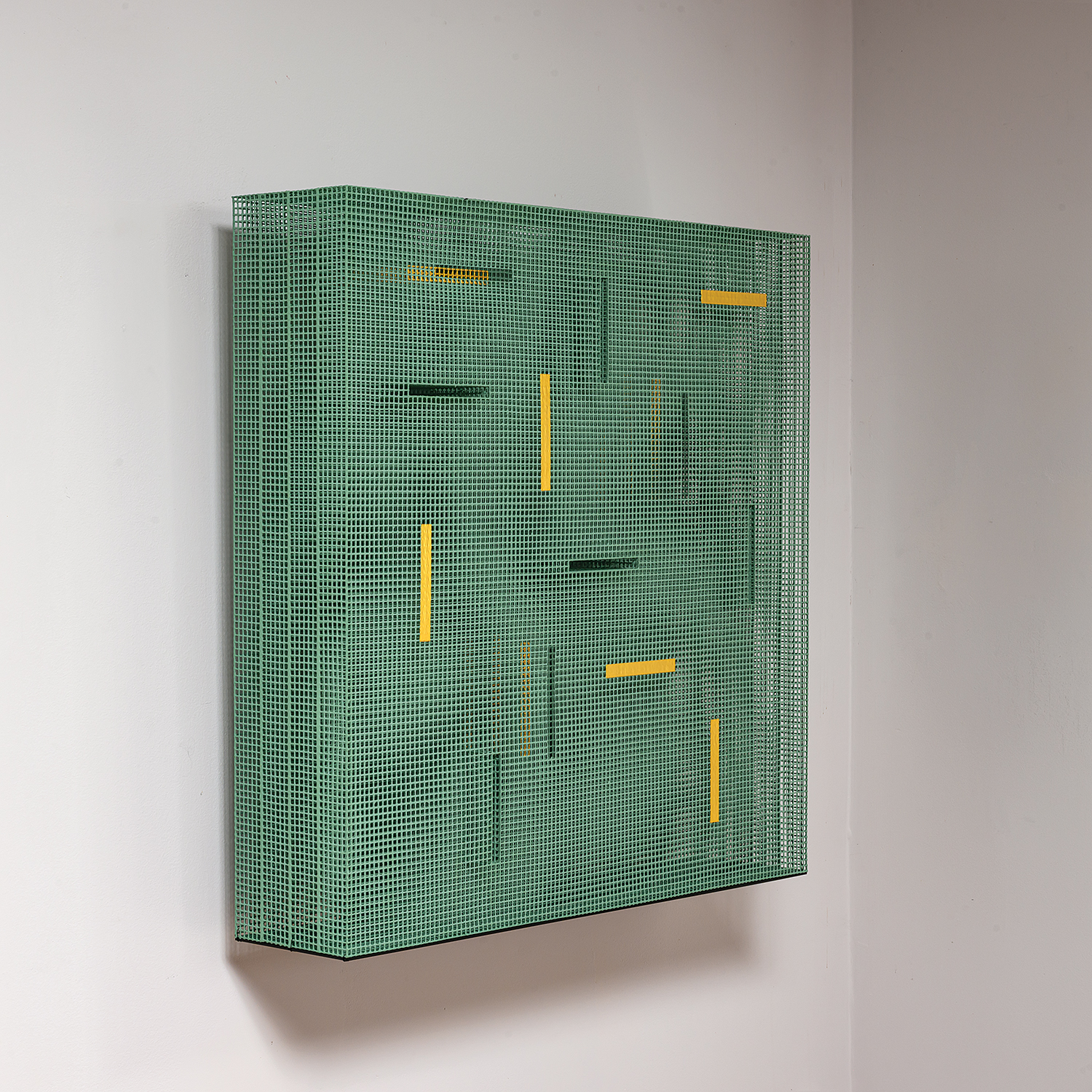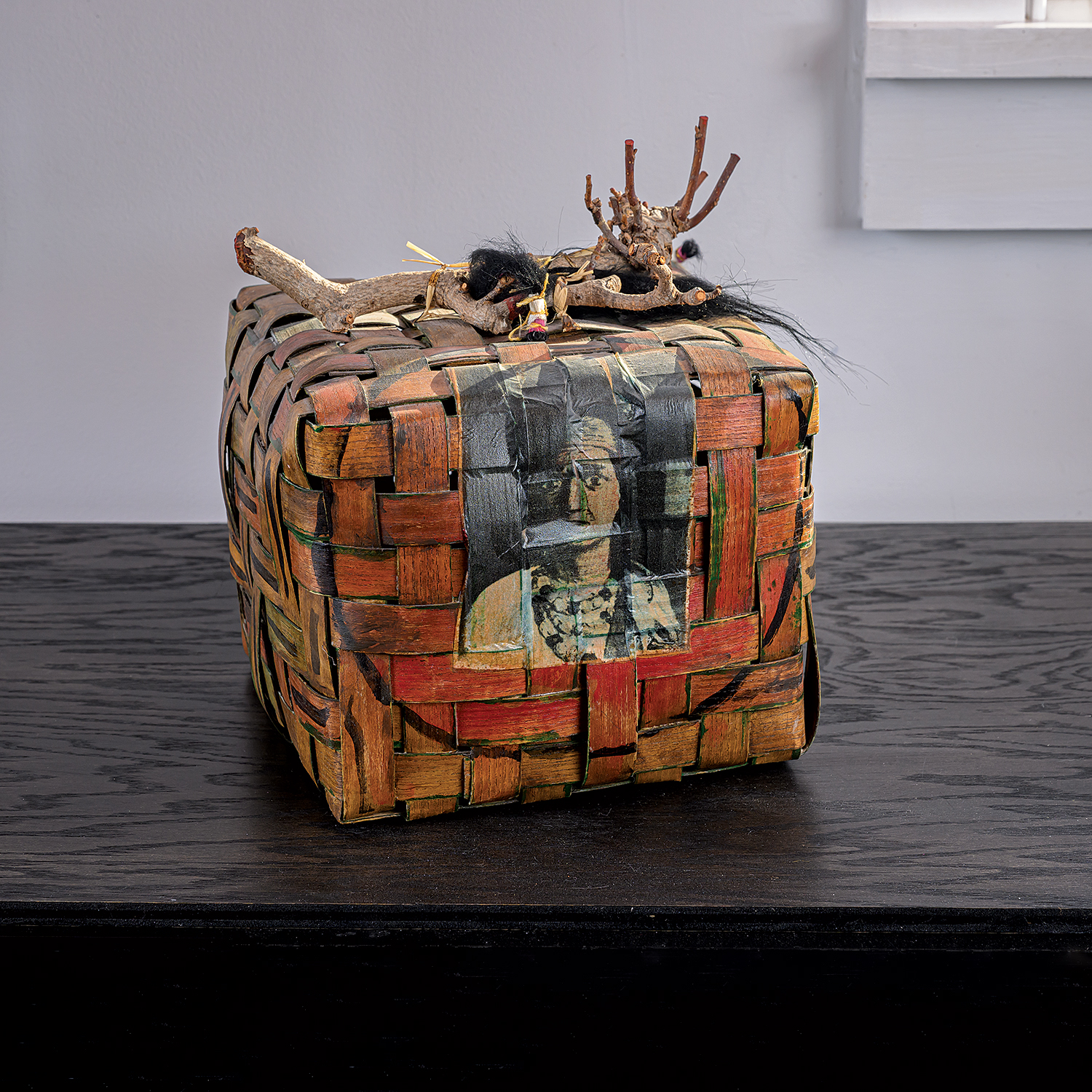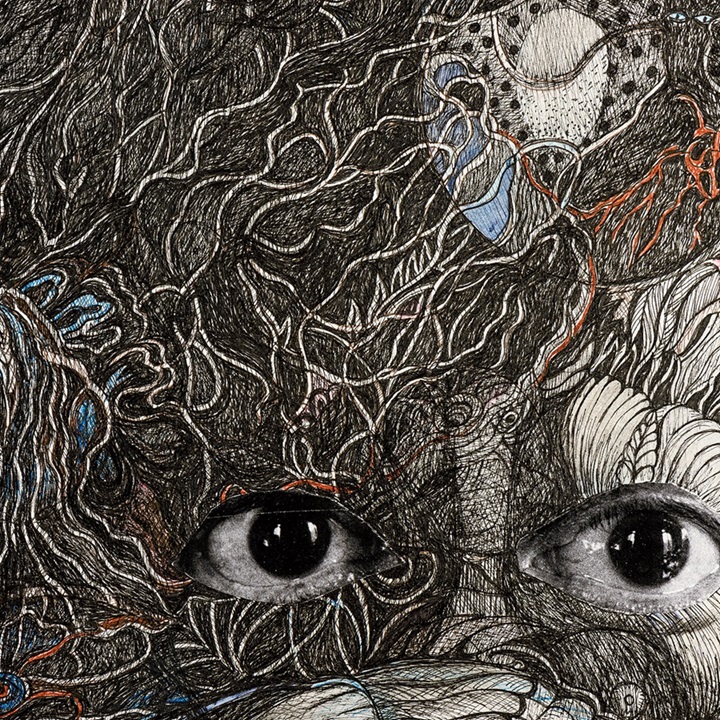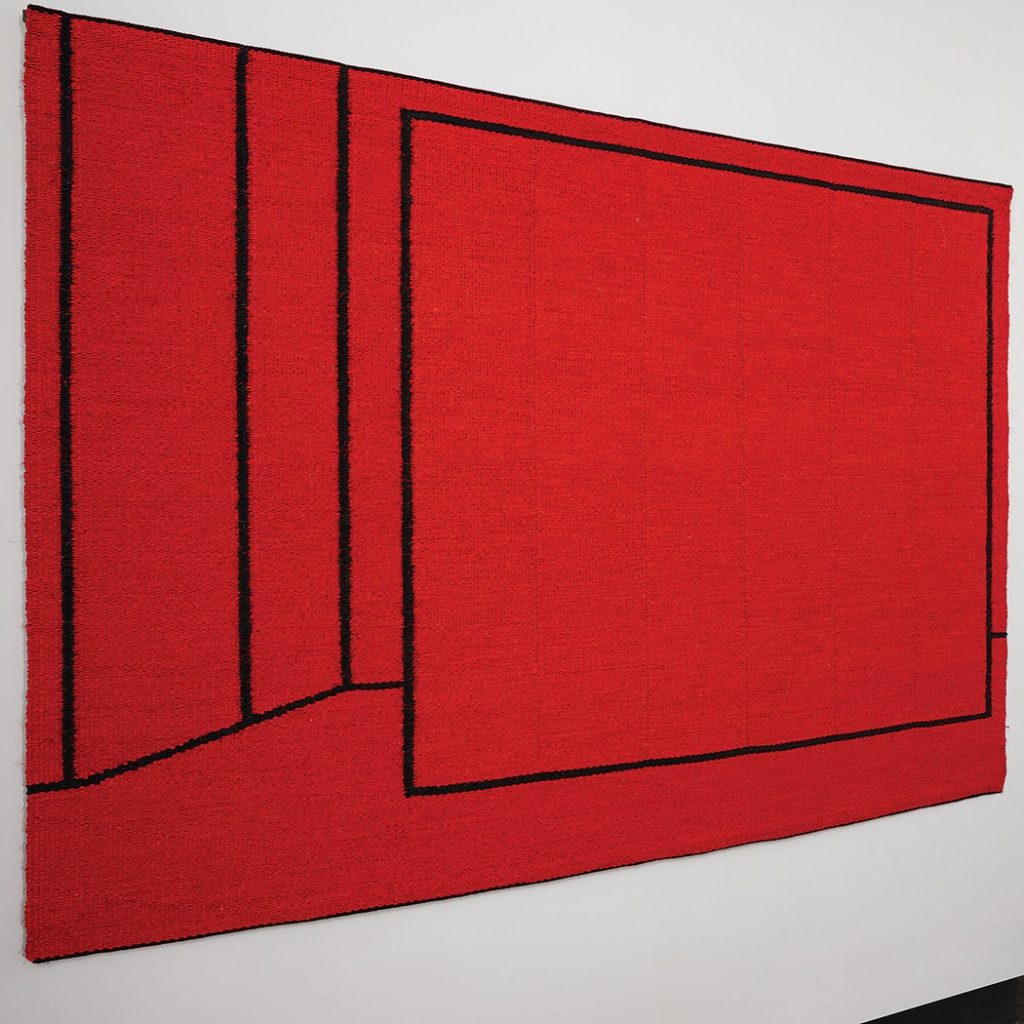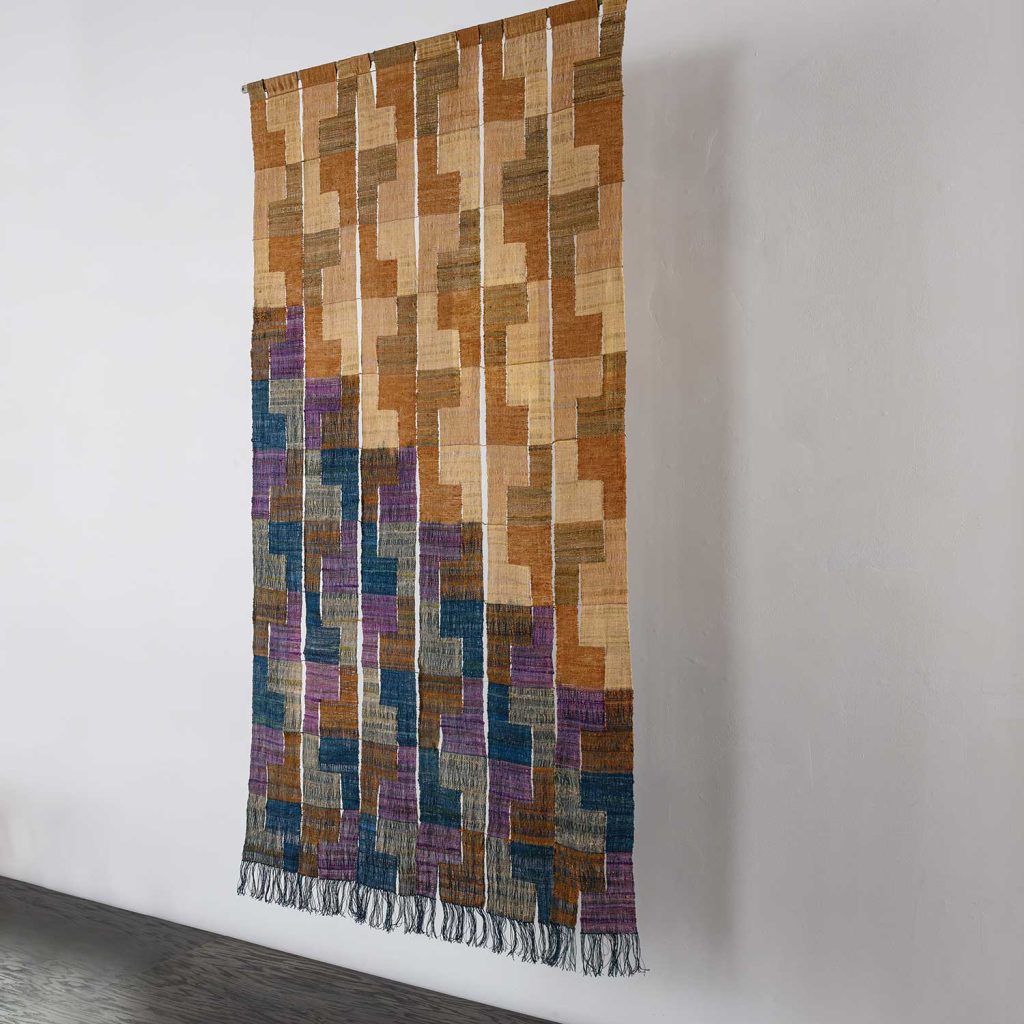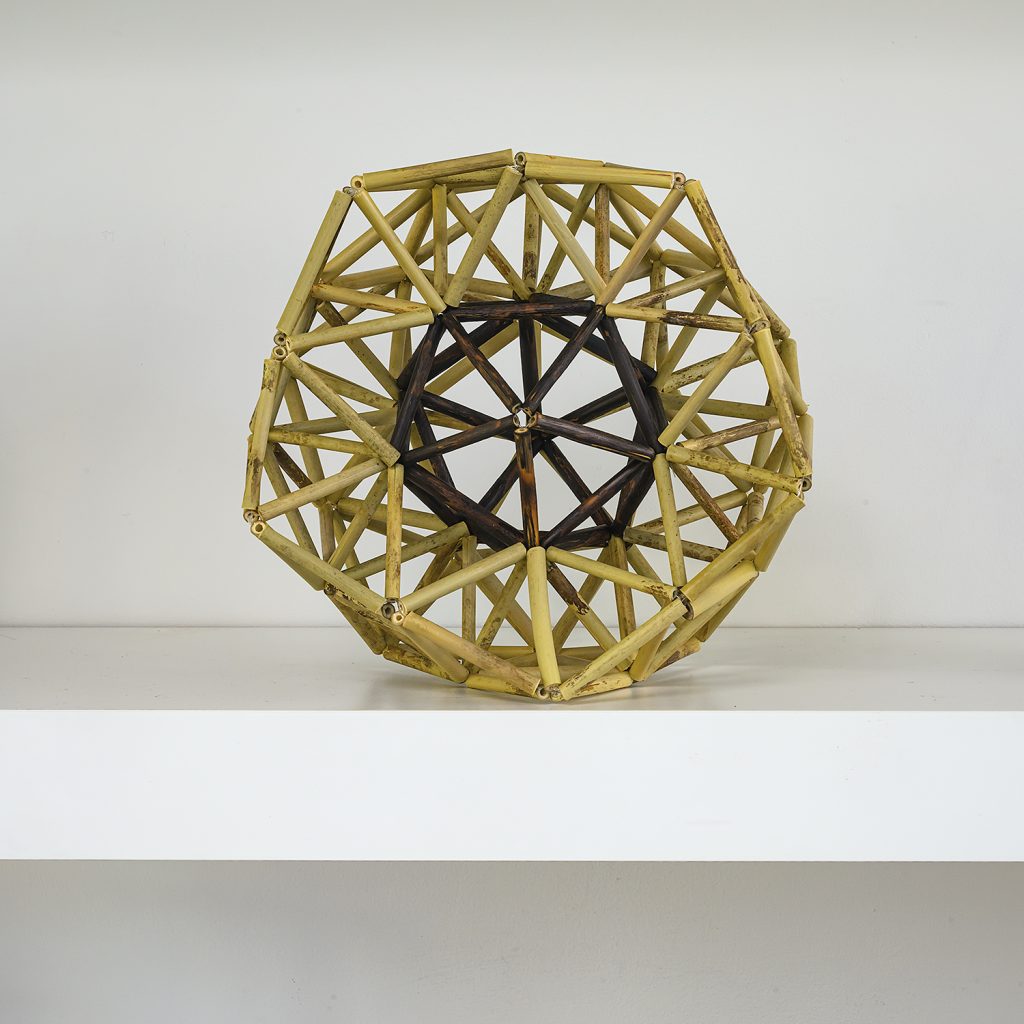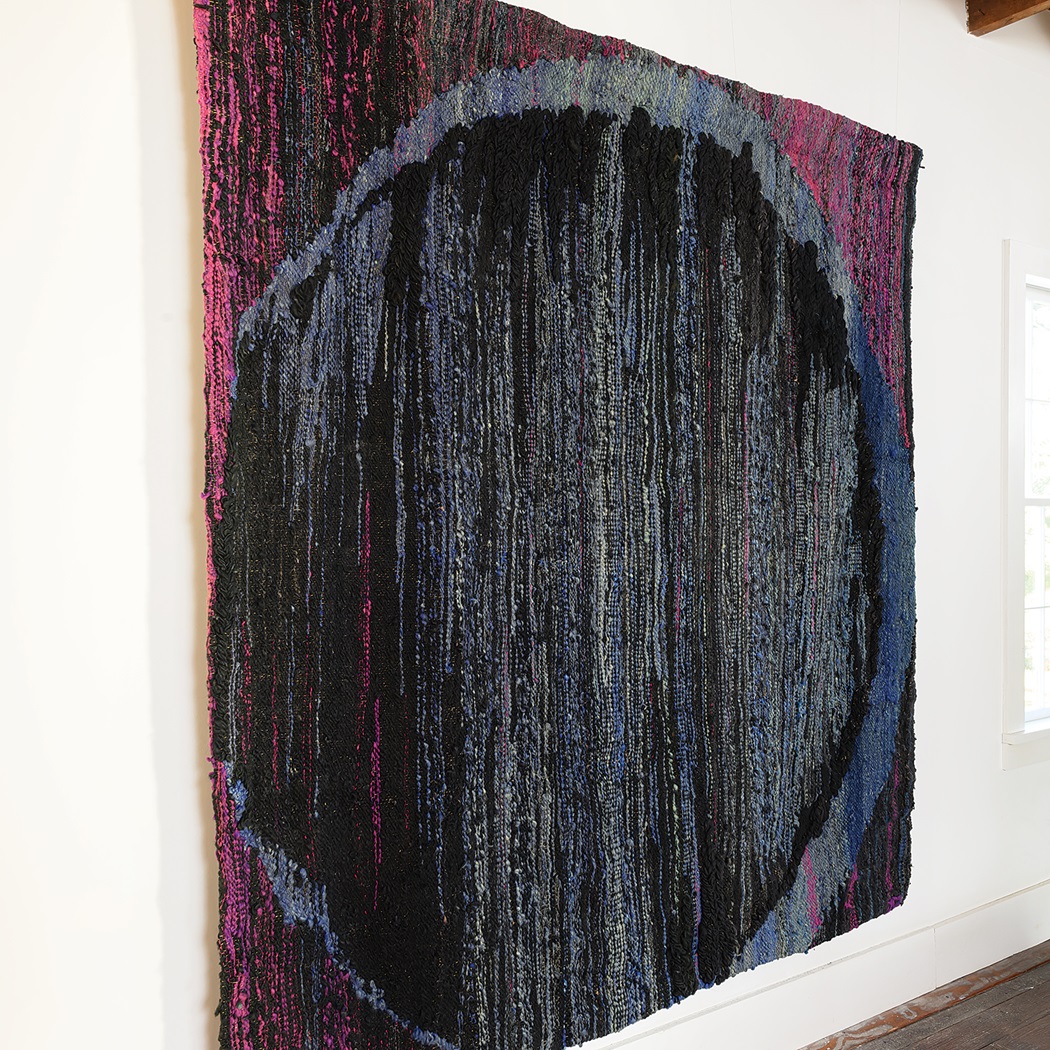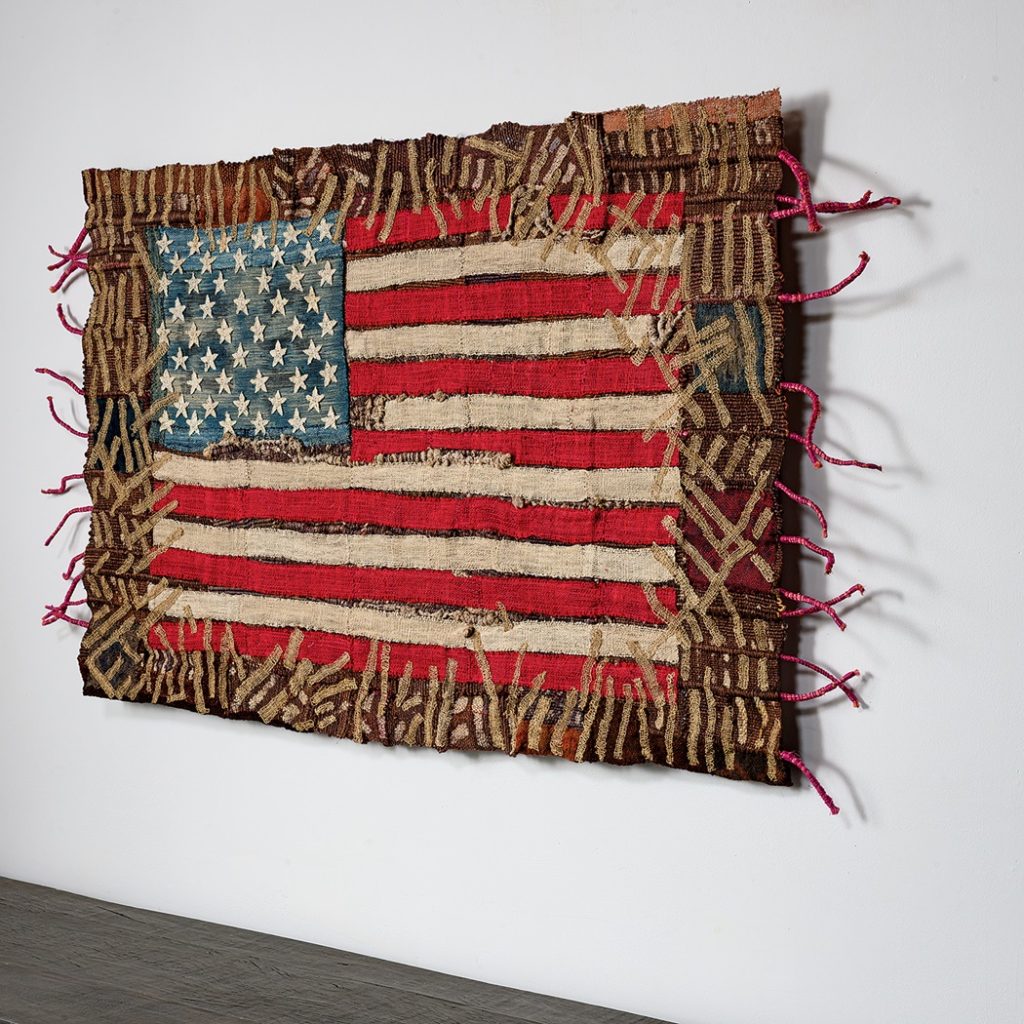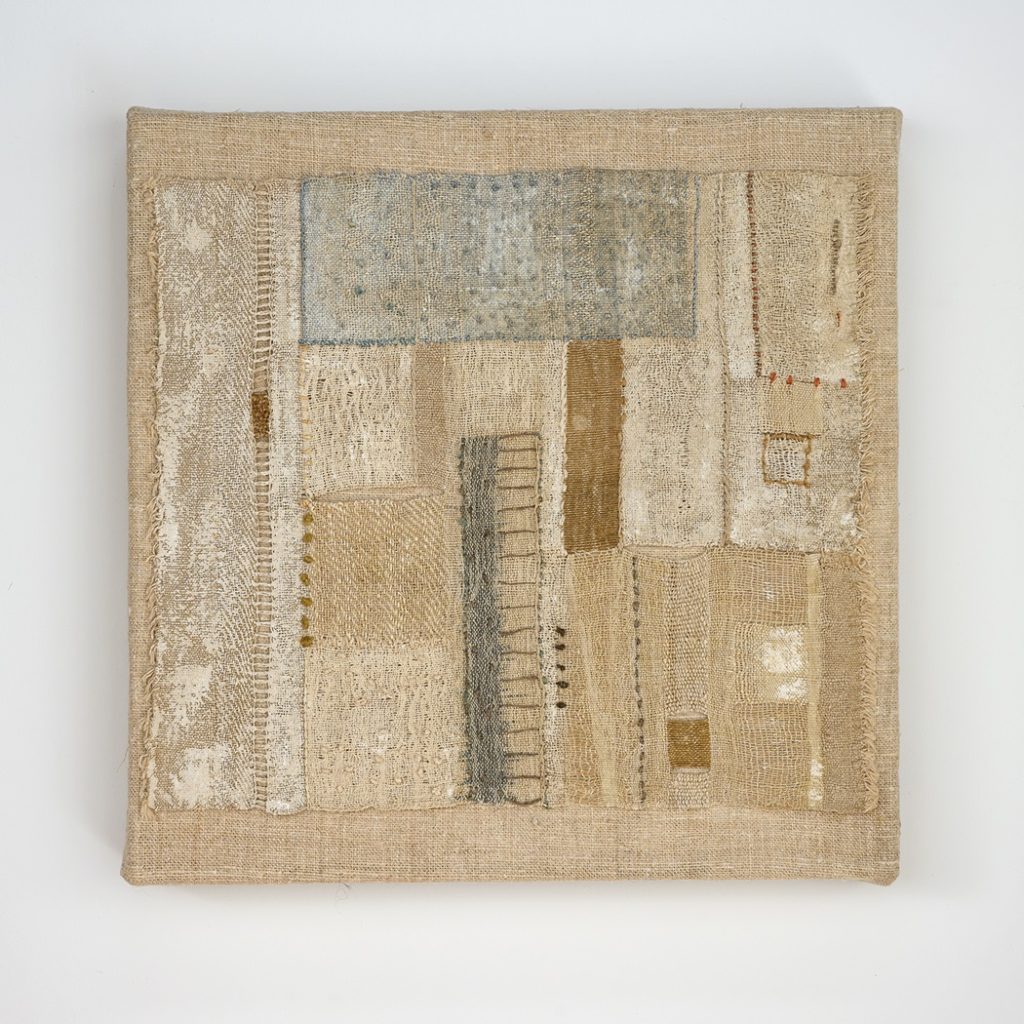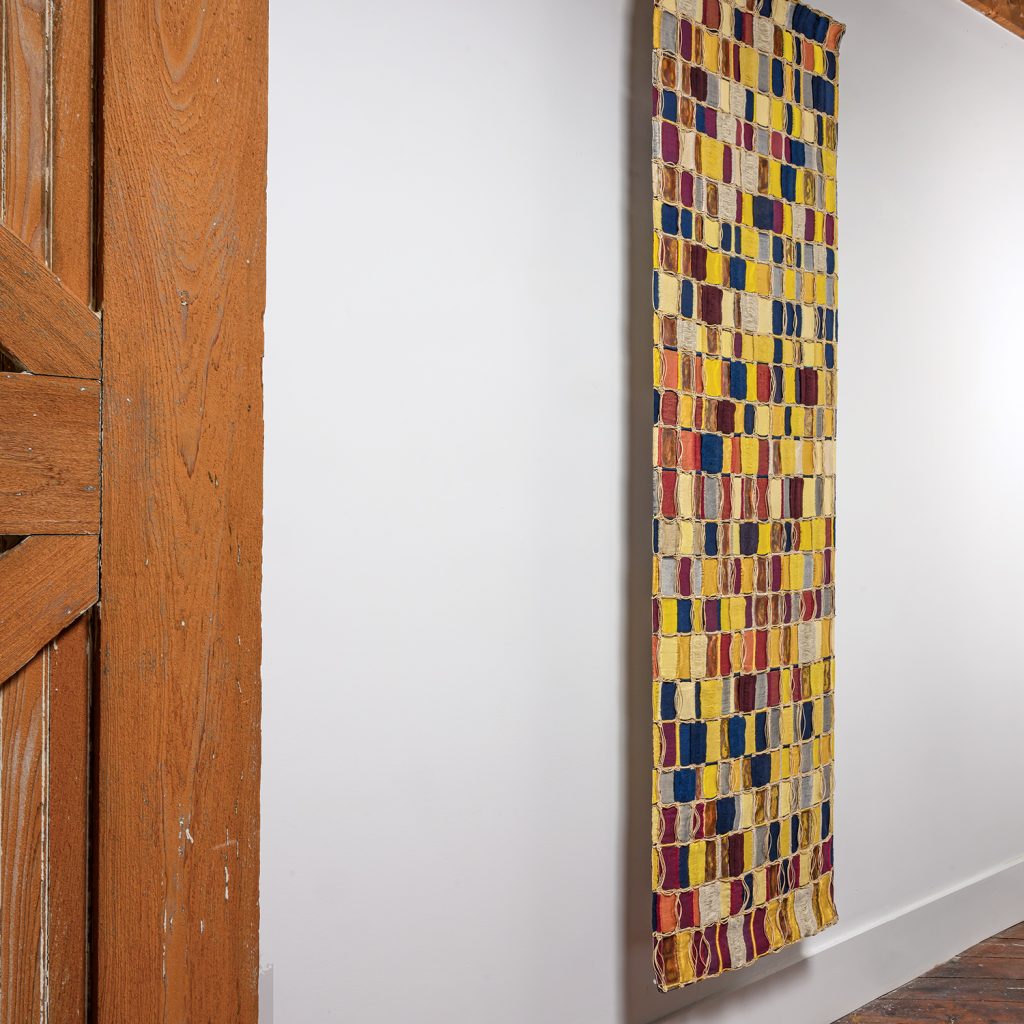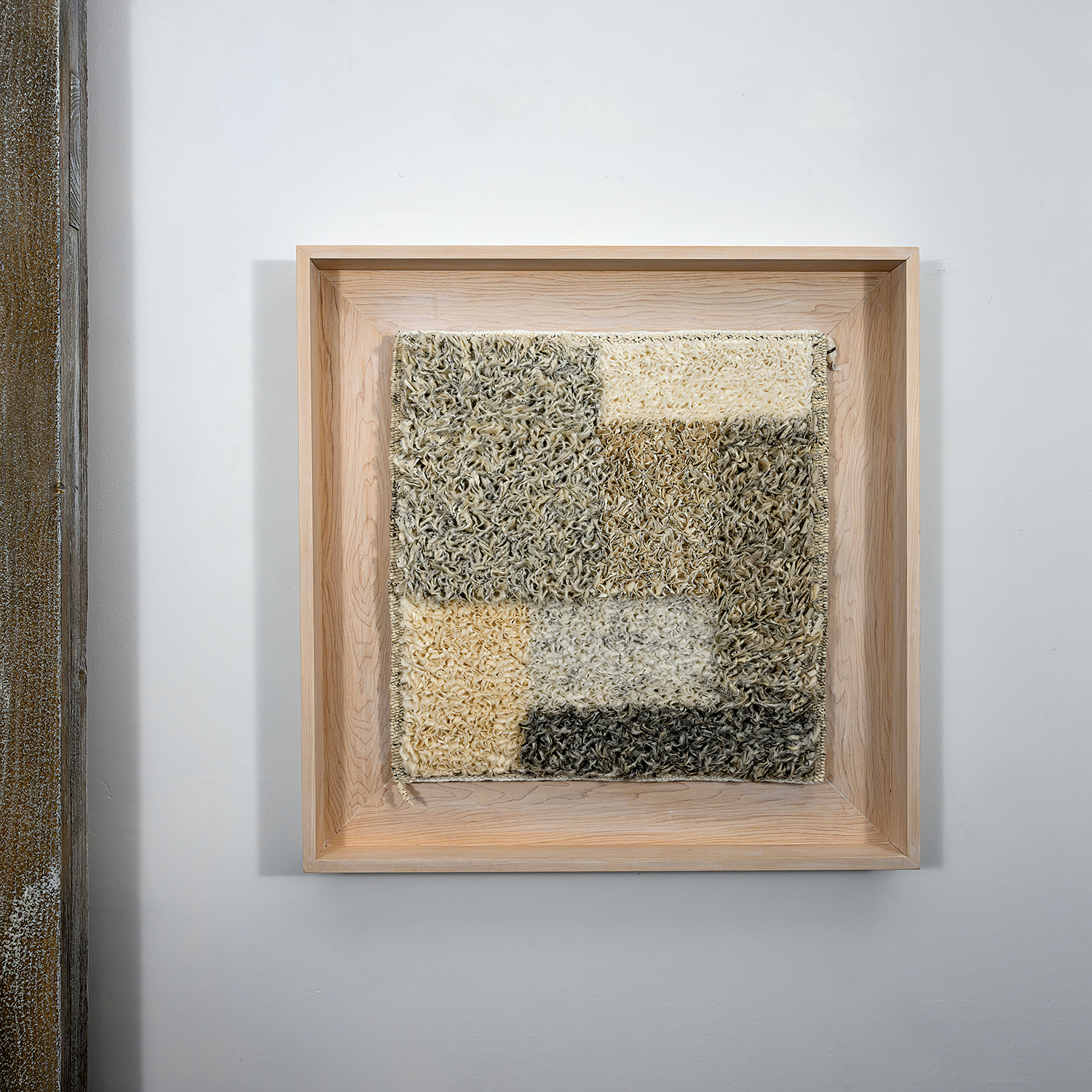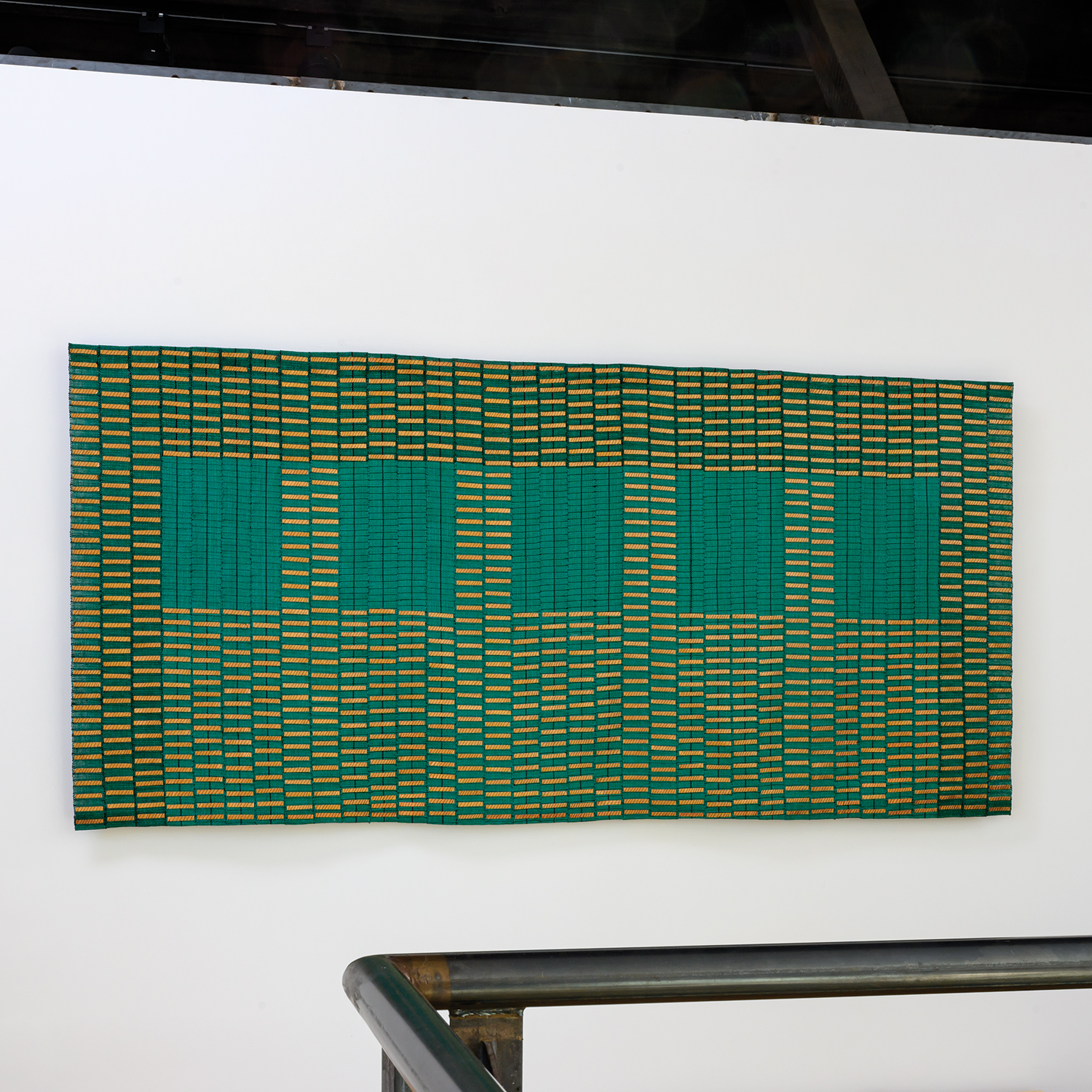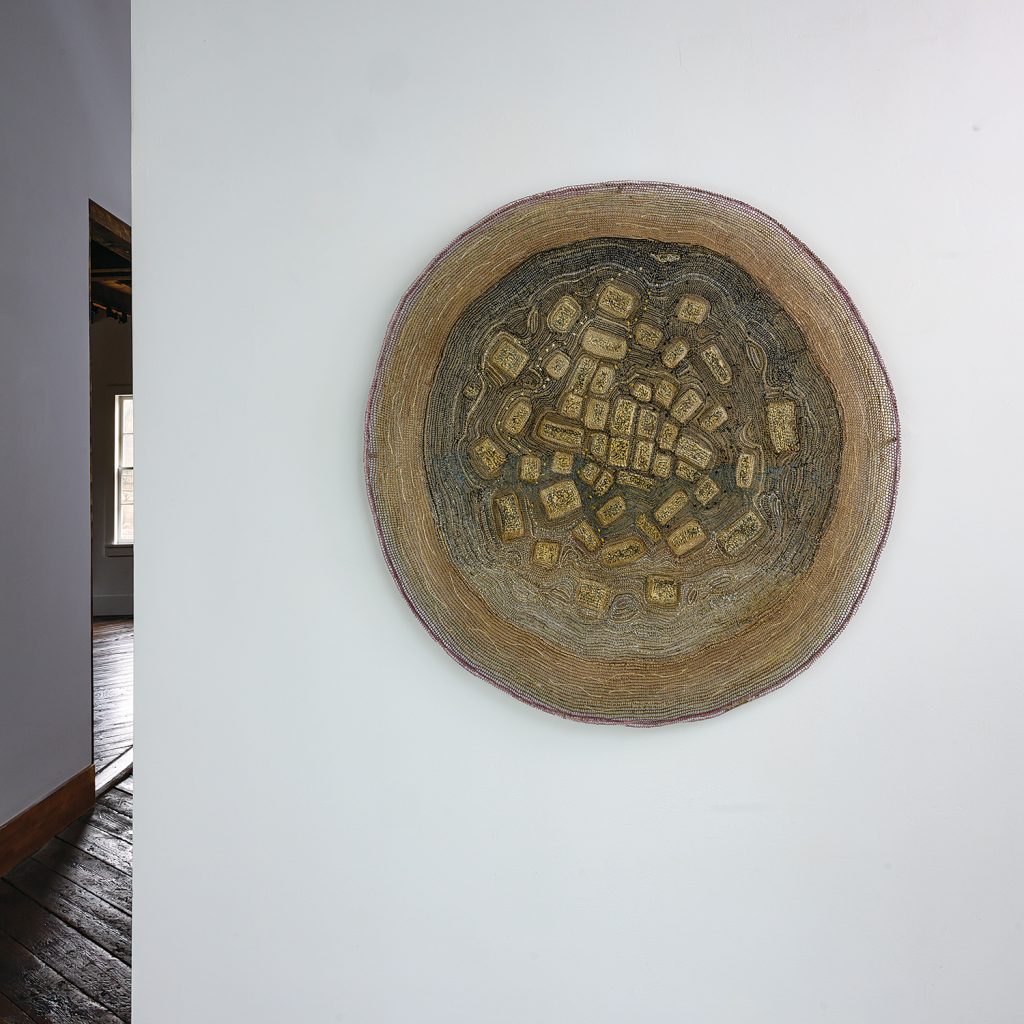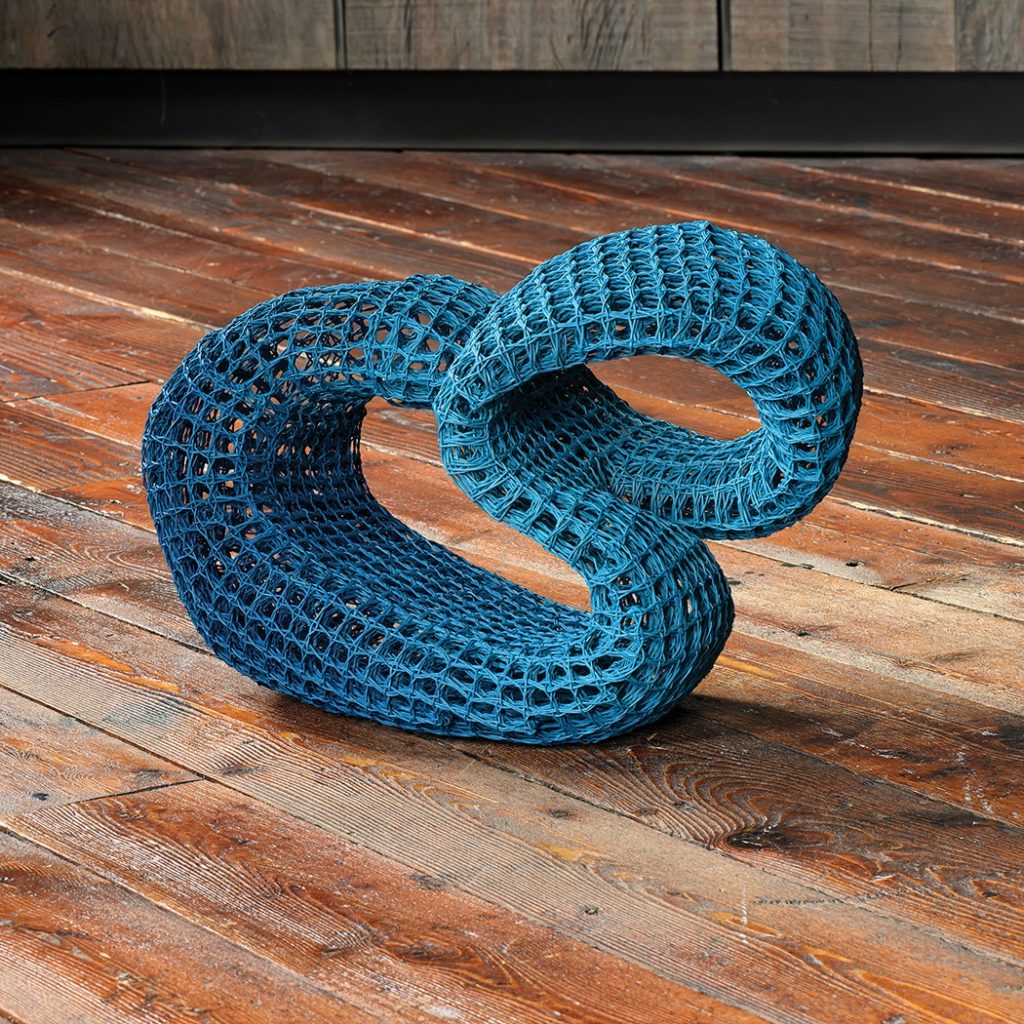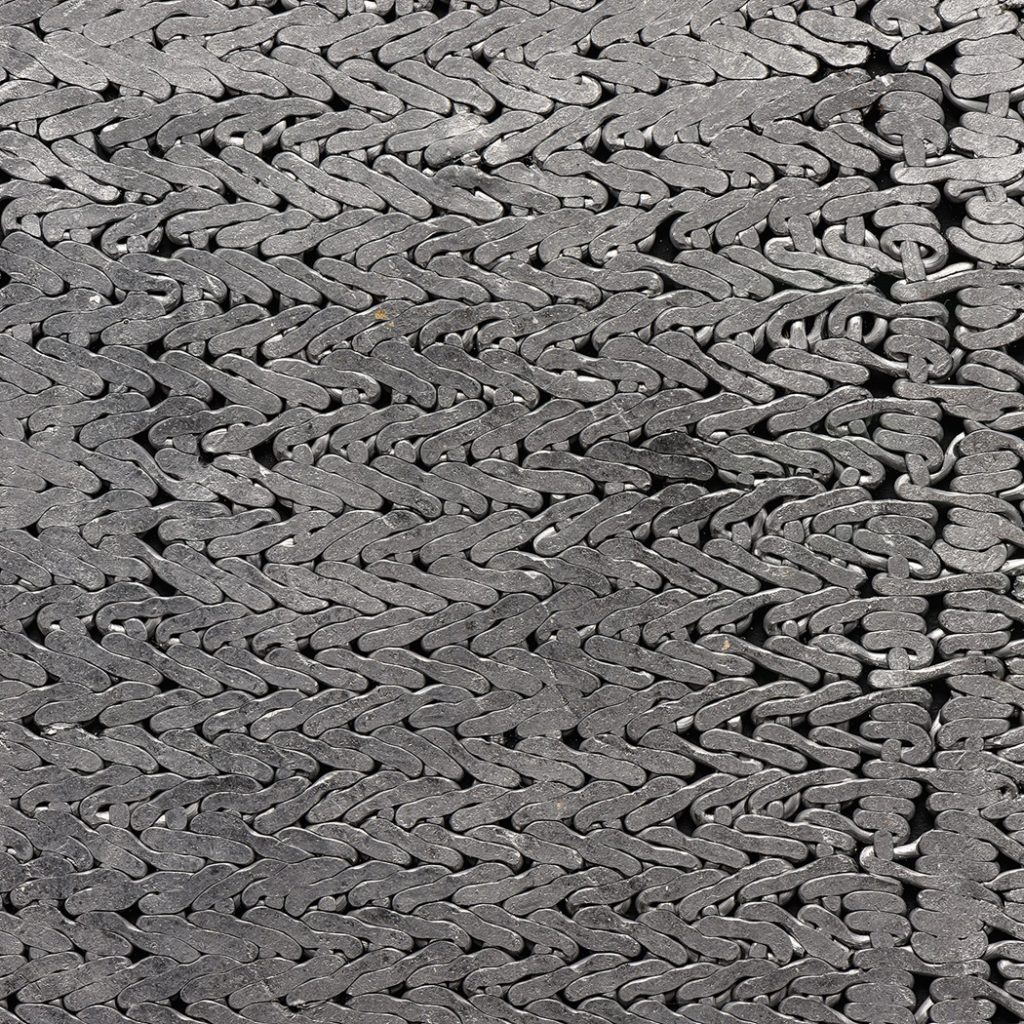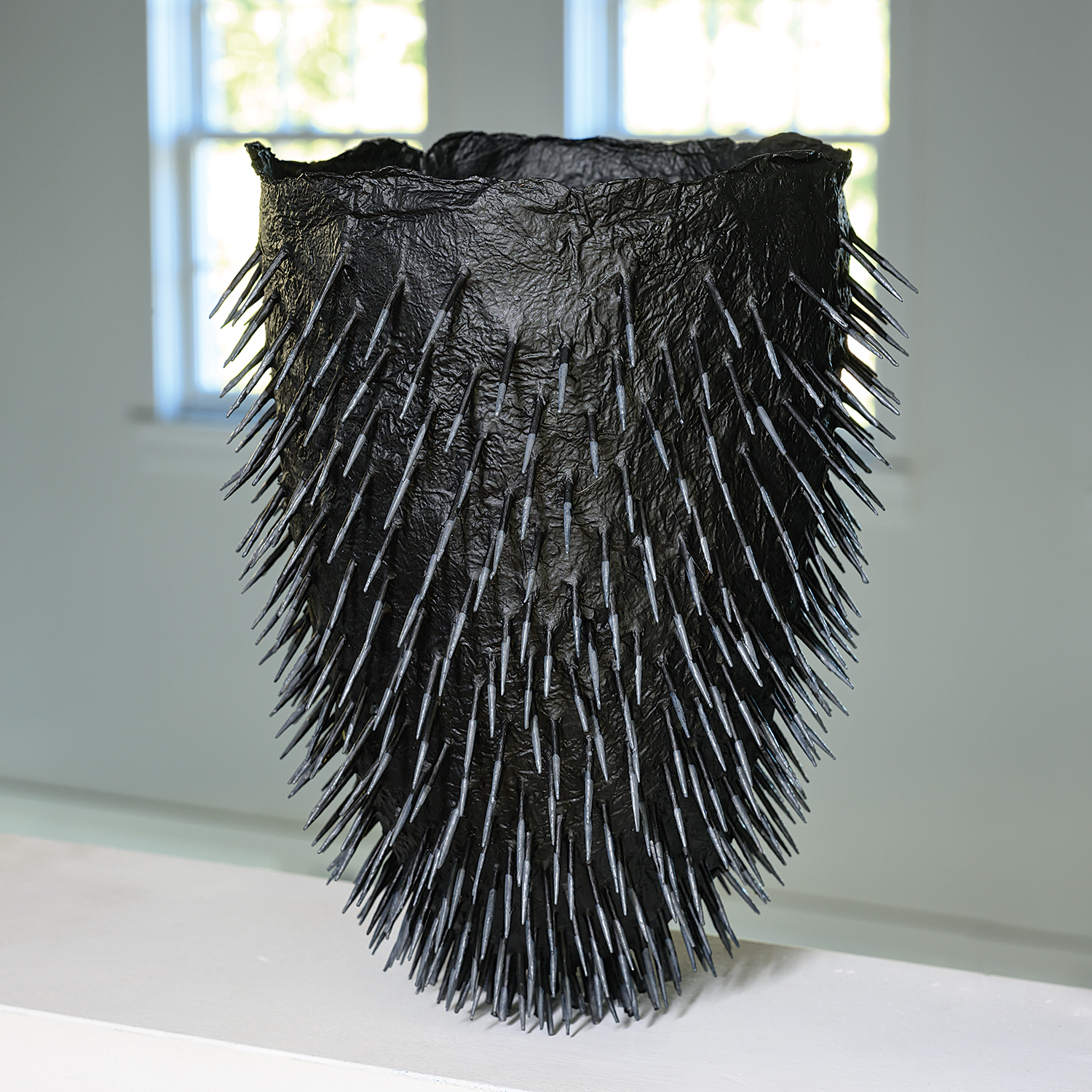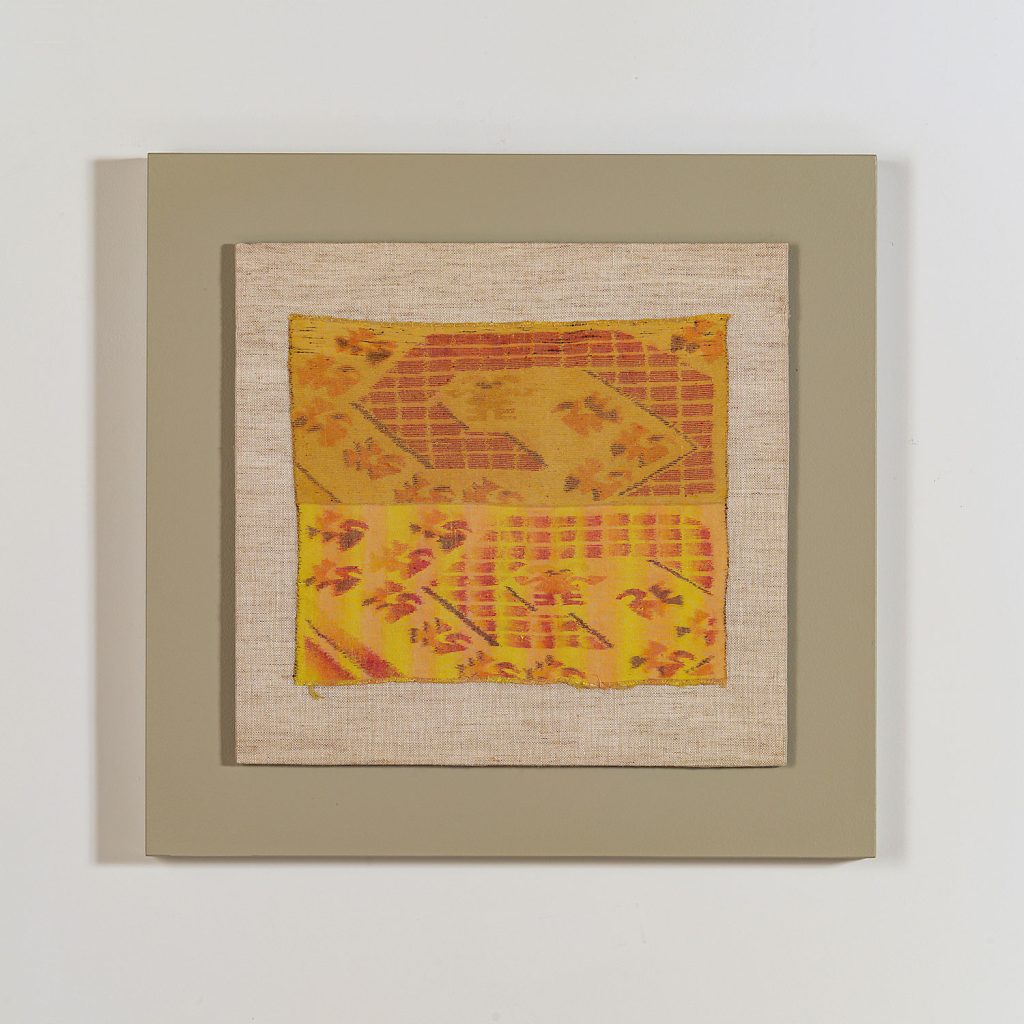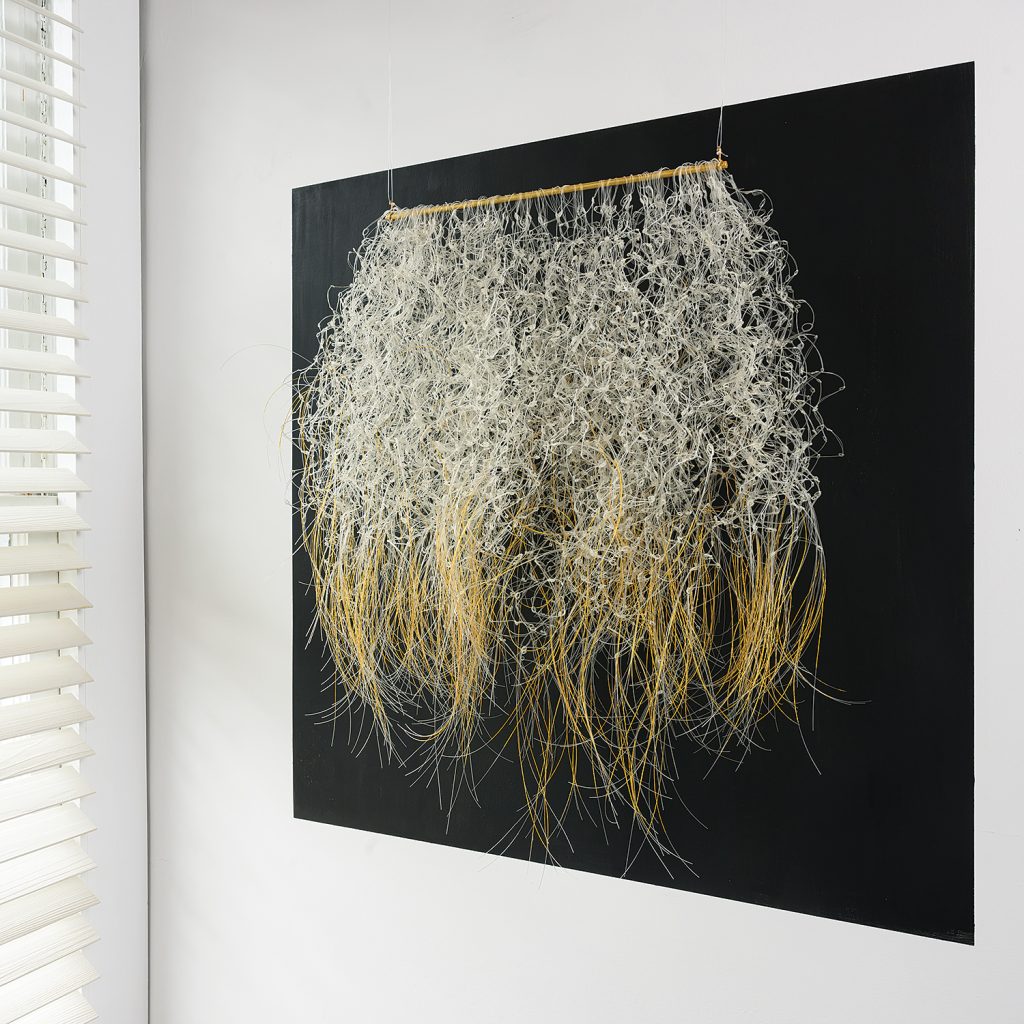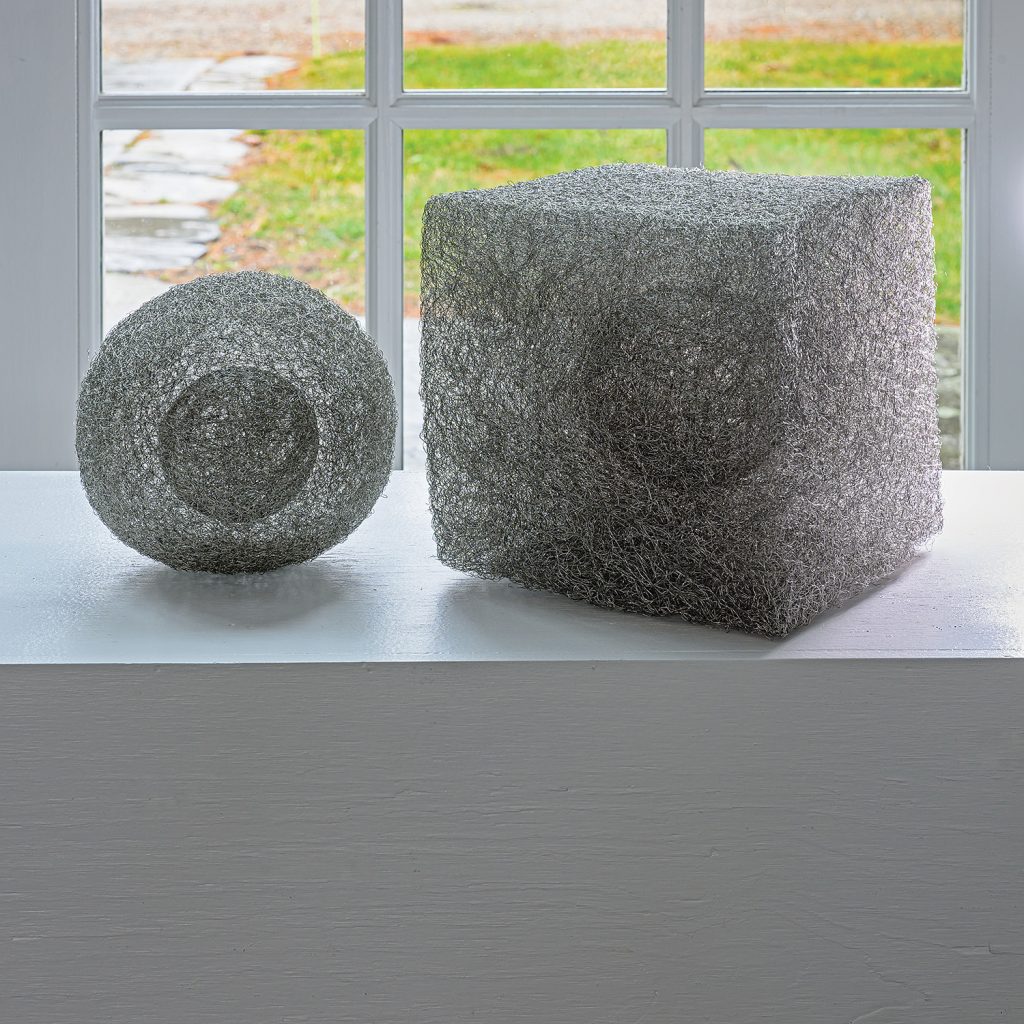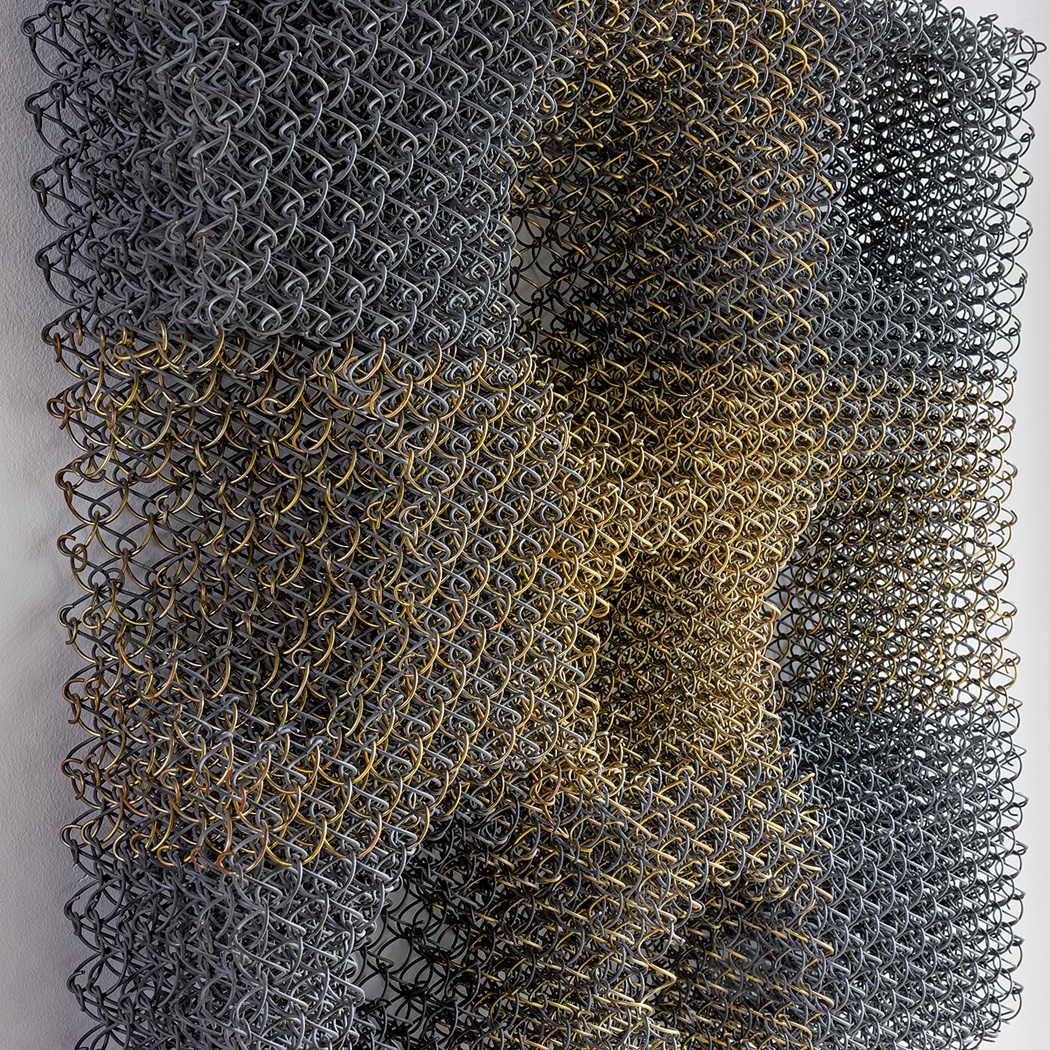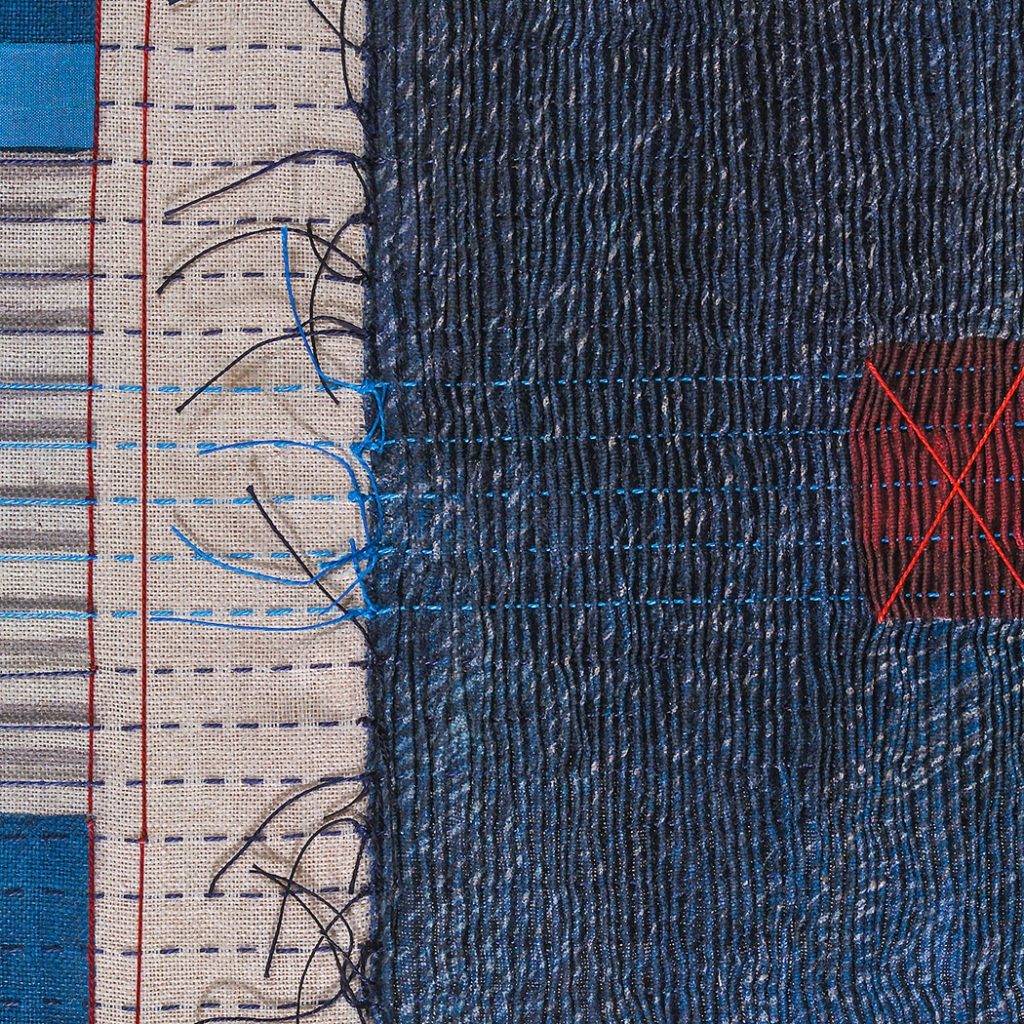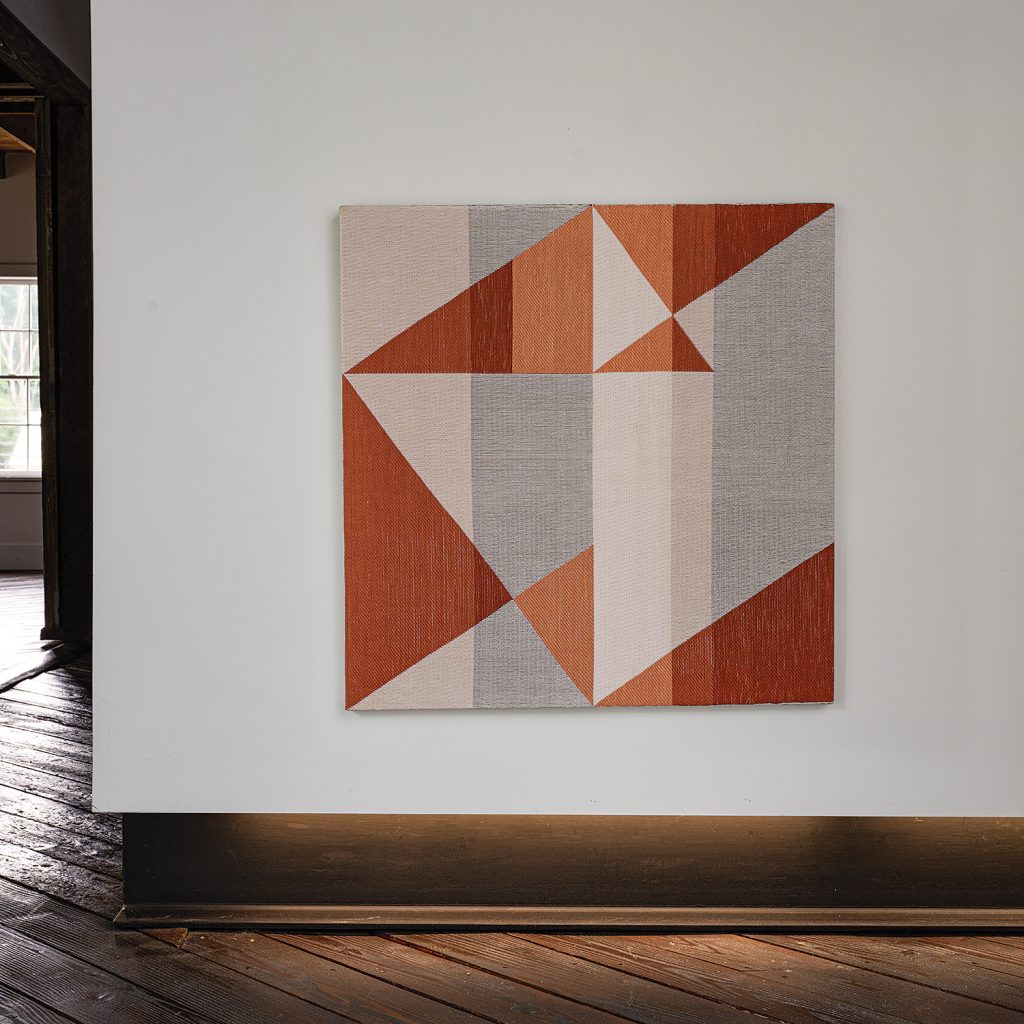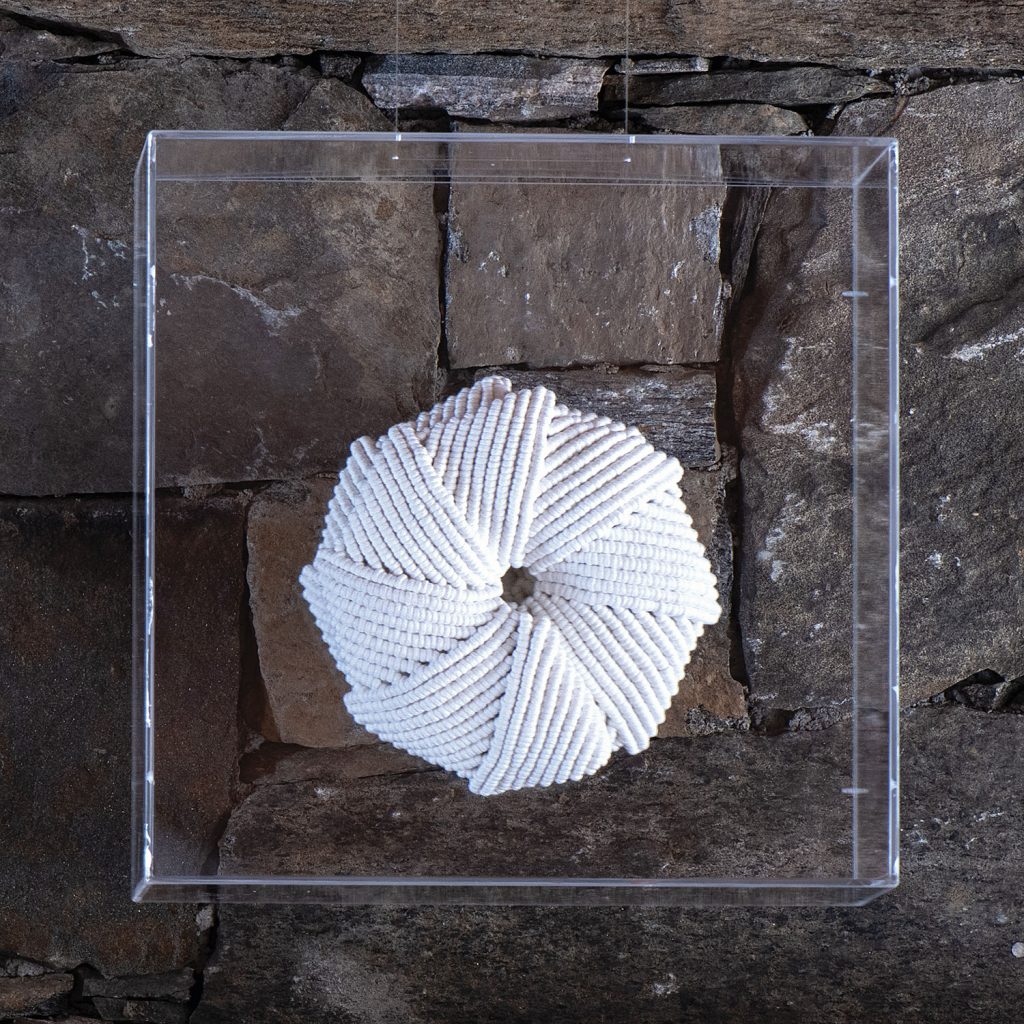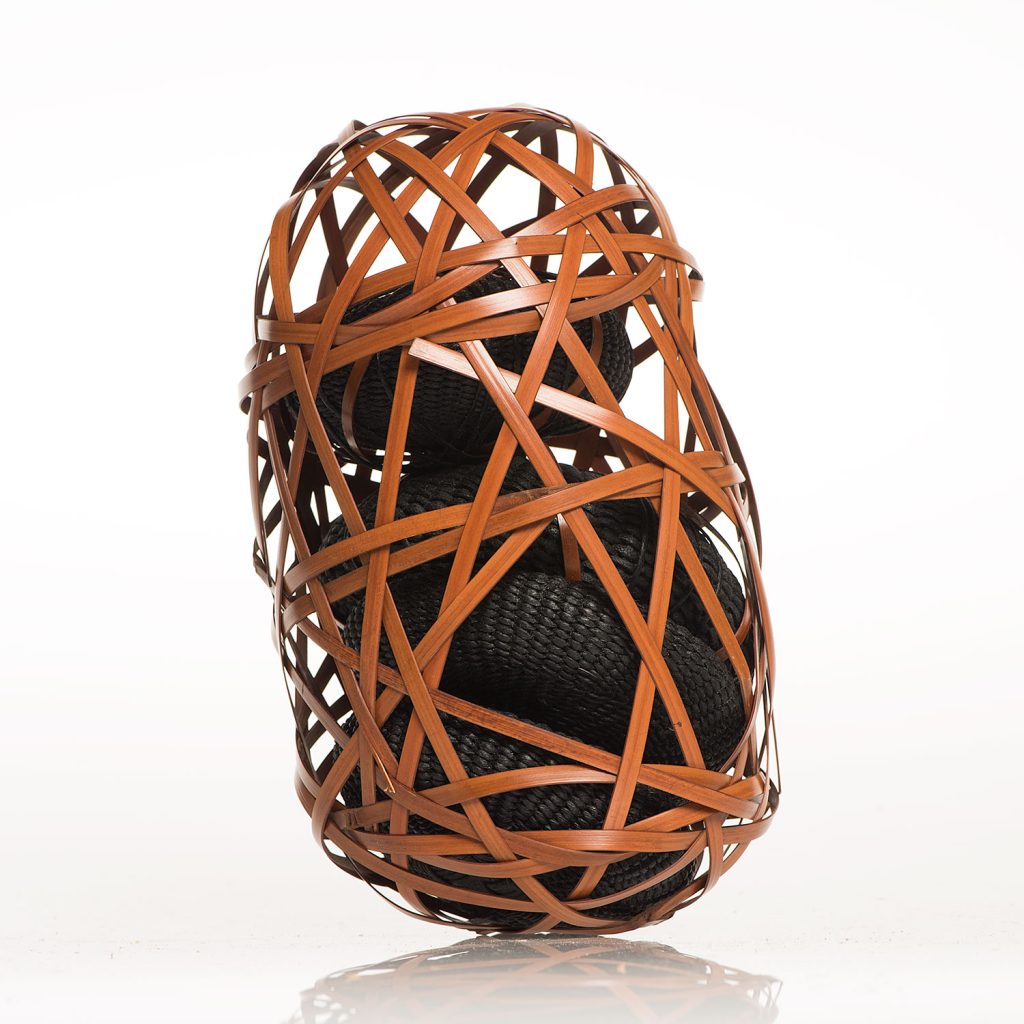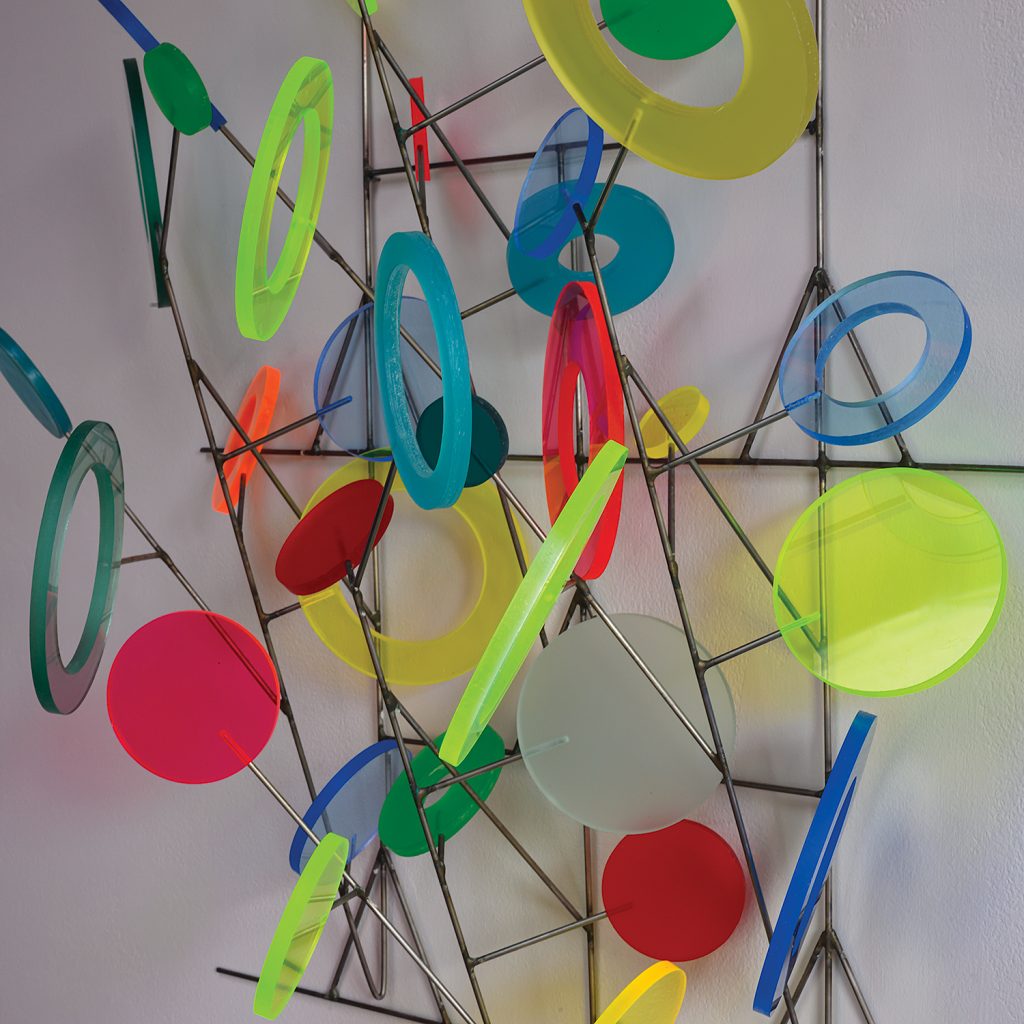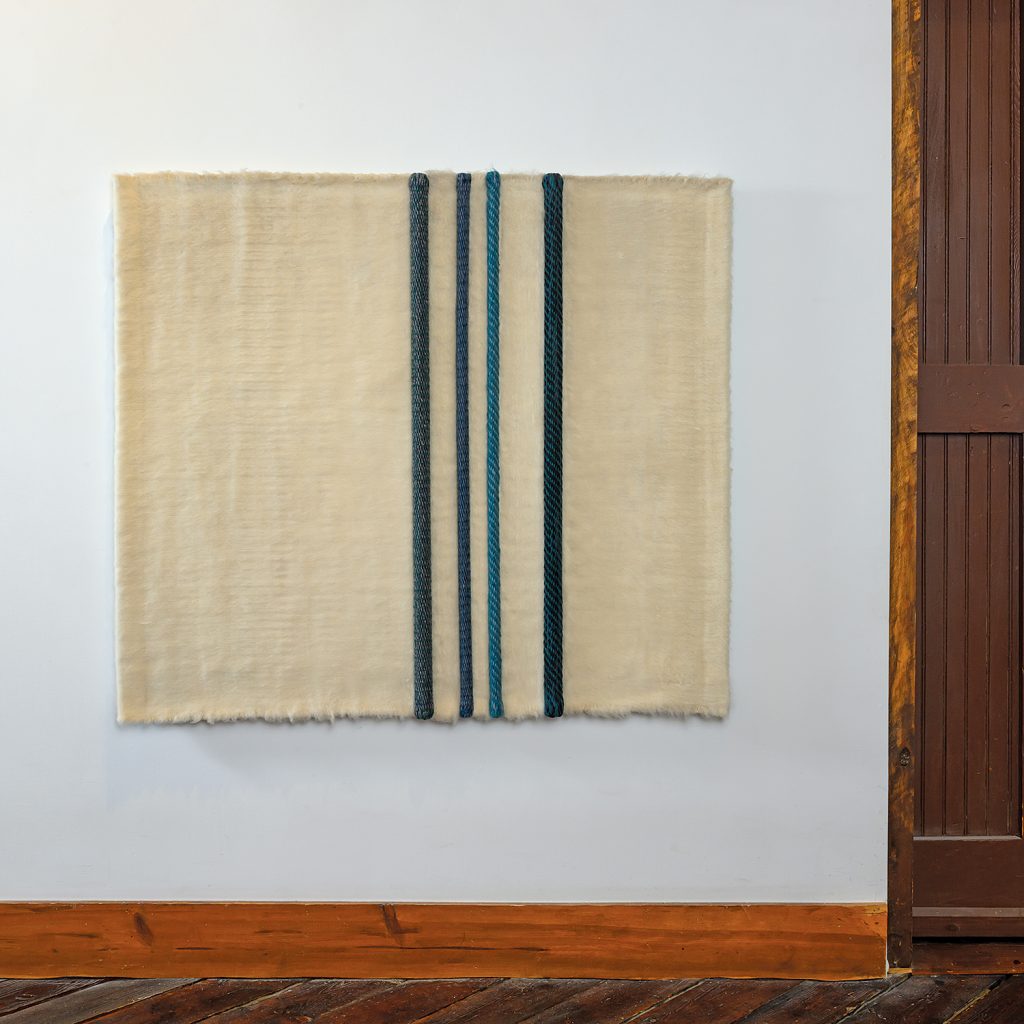As January comes to a close, we reflect on the amazing start to the year, with Japandi Revisited: Shared Aesthetics and Influences at the Wayne Art Center. The exhibition has now wrapped up, and we’re so grateful for the incredible response and the thoughtful conversations sparked around the connections between Japanese and Scandinavian art. Thank you to all who visited and engaged with the exhibition! We look forward to continuing this journey of discovery with you as the year progresses.
This month, our New This Week series has introduced work from four brilliant artists—Lizzie Farey, Lawrence LaBianca, Caroline Bartlett, and Birgit Birkkjær. Let’s take a moment to revisit their featured works, each of which brings something unique to the world of contemporary art.

We kicked off January by featuring the talented Scottish artist Lizzie Farey, renowned for her innovative use of natural materials in her sculptural works. Known for her exceptional skill in weaving and creating intricate forms from willow, birch, and other locally sourced fibers, Farey’s work explores the intersection of nature and art.
Her sculptures evoke a deep connection to the land and reflect her commitment to sustainable practices. Lizzie’s weaving techniques create organic, flowing forms that are both visually striking and rooted in the traditions of her craft. Her work continues to captivate, as it brings the natural world indoors, transforming raw materials into art that speaks to both the environment and the human spirit.
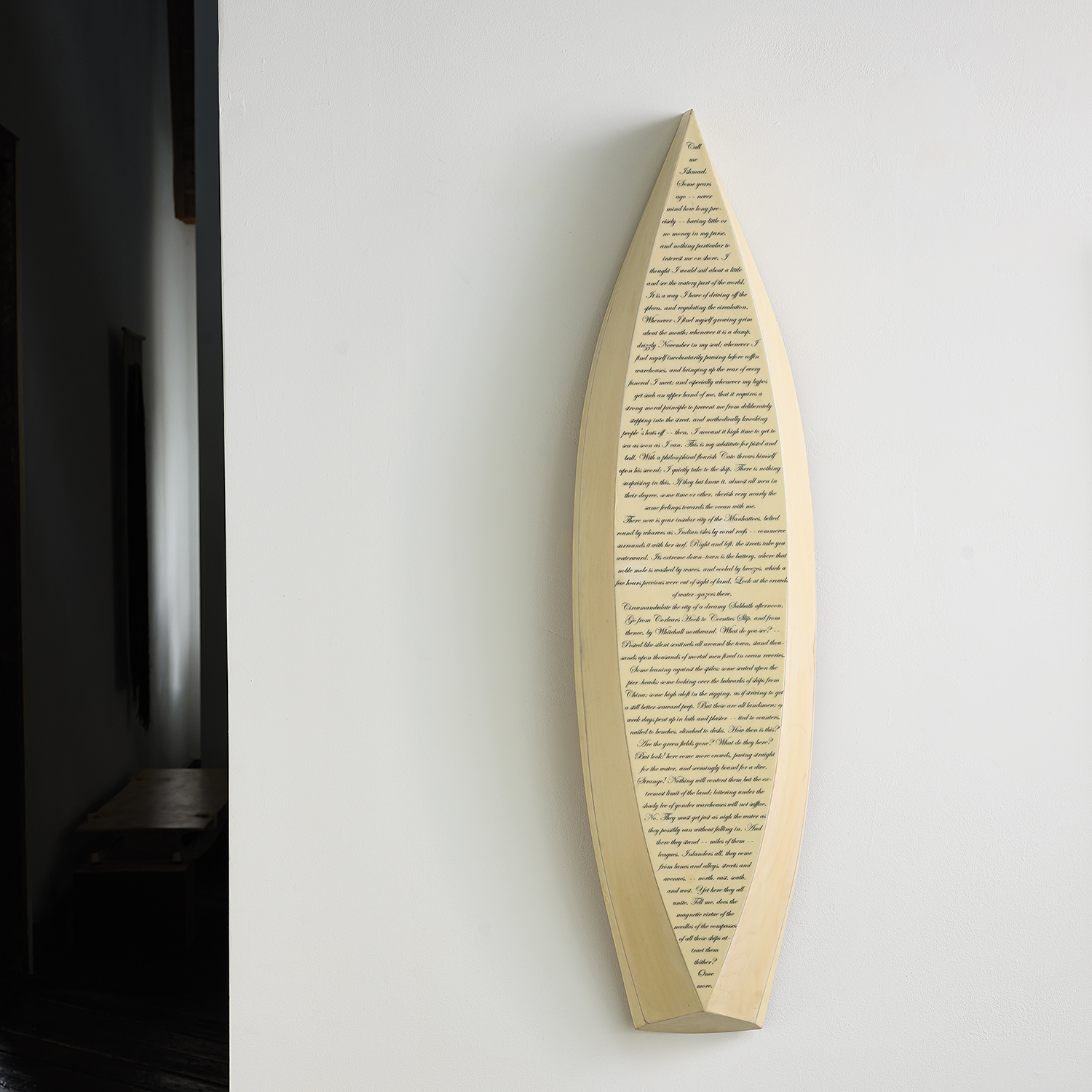
We then turned out attentino to the captivating work of Lawrence LaBianca, whose sculptures intertwine text and form in a way that sparks both intellectual and emotional engagement. LaBianca’s Call Me Ishmael piece, inspired by Herman Melville’s Moby Dick, was a focal point this month, offering a layered narrative that weaves literary history into contemporary sculpture. The piece invites viewers to explore the intersection of language, memory, and visual art, encouraging reflection on both personal and collective stories.
LaBianca’s ability to transform literature into a physical experience through sculptural work continues to resonate, and we’re thrilled to have featured his thought-provoking art in January.
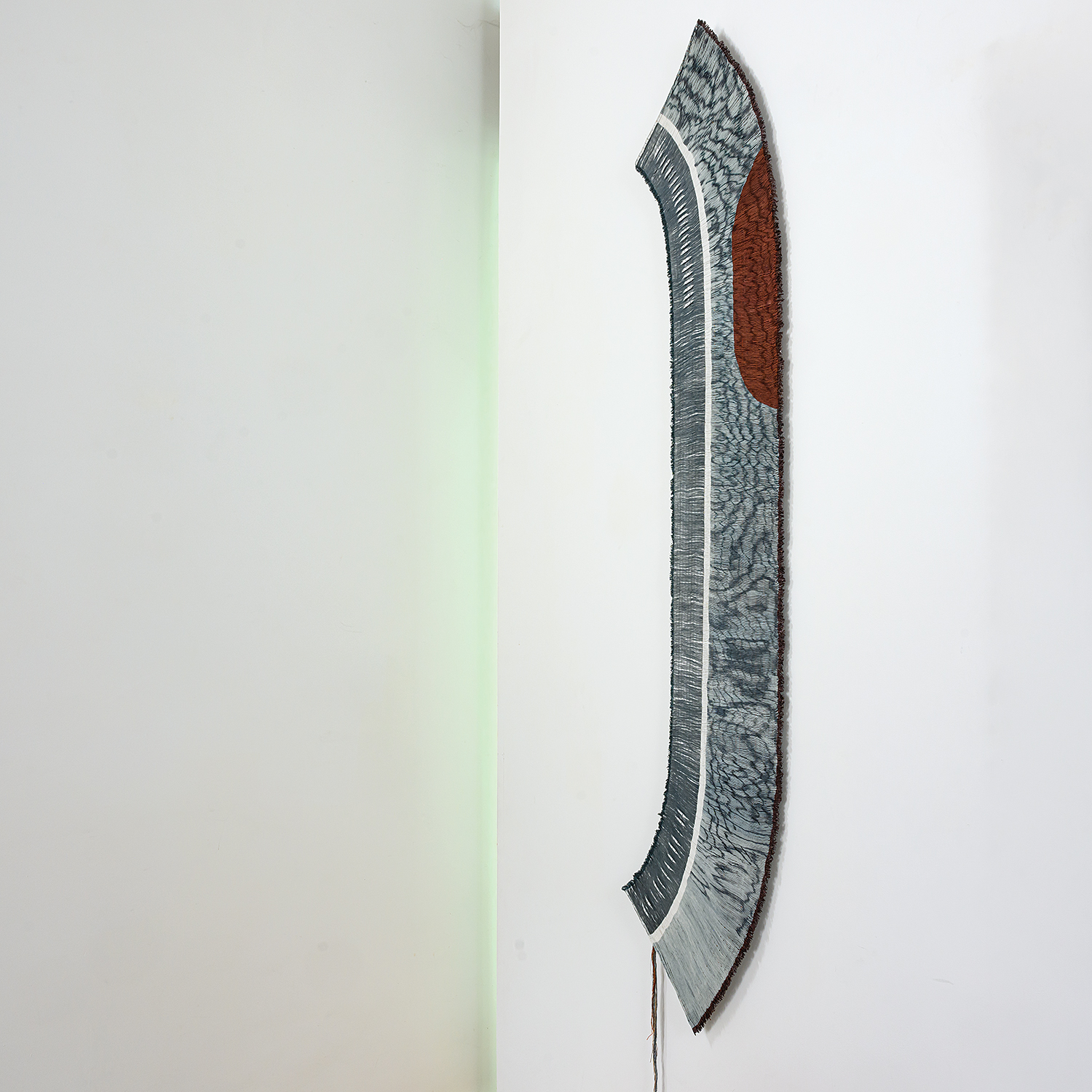
In mid-January, we turned our spotlight to the work of Caroline Bartlett, an artist whose weaving practice defies convention by blending textile art with elements of sculpture and painting. Bartlett’s intricate, handwoven pieces explore the relationships between form, space, and color, creating works that evoke calmness and balance. Her Curves and Lines series, with its harmonious geometry and nuanced color palette, captivates viewers and brings a sense of movement within the stillness of the woven fibers.
Bartlett’s unique approach to weaving and her innovative use of materials continue to set her work apart in the contemporary textile art world.
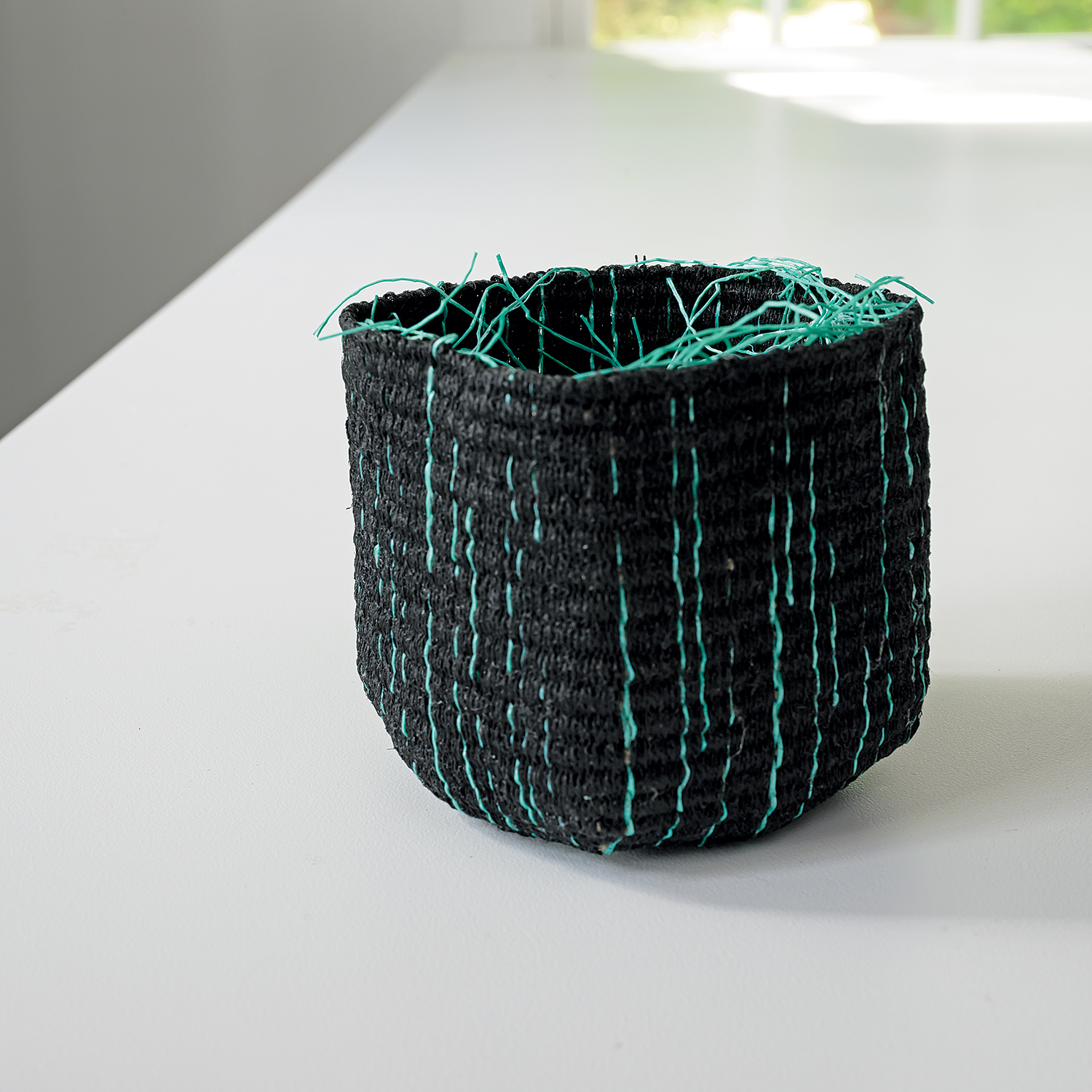
To close out January, we showcased the minimalist beauty of Birgit Birkkjær’s work, particularly her piece Agua Azul 47. Birkkjær’s approach to weaving combines traditional craft with a modern aesthetic, using materials like linen, cotton, and horsehair to create intricate geometric patterns that seem to shift and evolve with the viewer’s perspective. Her work stands as a testament to the power of repetition and precision, capturing a sense of movement while maintaining a serene, contemplative quality.
Birkkjær’s ability to balance simplicity with depth continues to inspire, and we were honored to feature her stunning art this month.
As we wrap up January, we’d like to thank you for being part of our journey as we continue to share and celebrate the works of incredible artists. Stay tuned as we bring even more exciting new art in the coming months, and we look forward to sharing more inspiring stories with you as we move through 2025.


